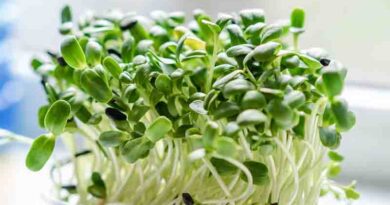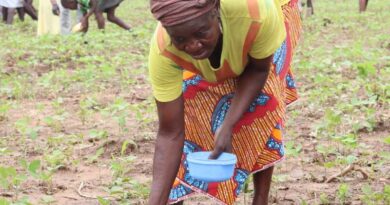Innovating to meet year-round market demand for berries
19 September 2022, NZ: Kiwis have been enjoying fresh, locally grown strawberries in the depths of winter this year thanks to a high-value berry grower filling the market gap left by a strangled Australian supply chain. GEOFF LEWIS reports.
Sunrise Berries owner, Todd Feather, opted into the strawberry game in 2014, when he gave up dairy farming and bought a 200-hectare spread of land in Onewhero, overlooking the lower reaches of the Waikato river.
The farm came with “massive water rights”, but it wasn’t until Todd was introduced to a grower at a 60th birthday party that he began to think about the property’s opportunities for growing something with a higher value than grass.
“I was introduced to a man selling tunnel house frames,” Todd says. “He [later] introduced [me] to The Fresh Berry Company (Driscoll’s) which has a licence for its own berry genetics.”
Three years ago, in an eight-month, $3.5 million project, Todd established Sunrise Berries Ltd.
A nine-hectare area of north-facing land was carved off from the dairy block and converted into five hectares of strawberries and four hectares of raspberries – propagated in a hydroponic tunnel house operation.
Tunnel houses protect the produce from the vagaries of the weather and provide the grower with a greater consistency of production and income, Todd says.
Established in a natural coconut coir medium, Sunrise Berries feeds its plants a mix of nutrients; firstly, to promote vigorous vegetative growth and then to boost fruiting. Mixed into the water, the nutrient recipes are adjusted through the season to create good-sized, good-tasting, long-lasting fruit and to improve resistance to pests and diseases. Currently all the company’s berries go to market through Driscoll’s.
The company’s point of difference has become growing berries out-of-season.
“We’re relatively new and we’ve been learning from the outset,” says Todd. “The idea is that if we just wanted to compete with the in-ground guys we wouldn’t need all this, but there is a far greater opportunity [to make money by] providing for the market earlier and later in the season.”
Traditionally, in-ground strawberries are grown from October to January, but Todd says it is hard to remain cost-competitive with outdoor growers.
“Over the Christmas season it’s hot and everyone’s on holiday,” he says. “The real opportunity is February to June. We want to produce when everyone else isn’t.”
Growing out-of-season paid dividends this winter, when poor weather and Covid-19 strangled the usual supply of imported Australian strawberries. Sunrise Berries’ hydroponically-grown strawberries filled that market gap and New Zealanders have been eating locally grown strawberries year-round during 2022. The Monterey variety, grown by Sunrise Berries, is also increasingly popular and ideal for a longer growing season, Todd says.
Strawberries New Zealand chair and Whenuapai grower Tony Rakich says while only a small proportion of locally consumed strawberries are imported, out-of-season growers like Sunrise Berries are a benefit to the market.
“There is definitely value in early and later production, especially this year as Australia has had a tough season,” Tony says. “At the peak of the season we (in-ground growers) are really pumping the production. It would be good to see production all-year round, which would save on imports.”
When it comes to raspberries, Sunrise Berries crops October to December and then March to June. Todd says they are aiming to pick raspberries through the border seasons.
Last year, Sunrise Berries produced around 18 tonnes per hectare in raspberries and 50 to 60 tonnes per hectare in strawberries, and exported three to four tonnes of strawberries too.
Todd estimates that this year’s out-of-season production is double the value – if not 2.5 times more – than in-ground production.
“The value is in being able to produce across the whole season outside the peak periods,” he says. “The aim is consistency across the four main berry categories, strawberries, raspberries, blackberries and blueberries. We’re not in blueberries but we plan to grow blackberries to the Driscoll’s model next season.”
The business employs about 100 people at the height of the season, but as with many other horticultural enterprises, Sunrise Berries faced the same labour shortages which came with the Covid-19 border closures.
“It’s been a huge challenge,” Todd says. “We got workers from far and wide. We are working towards Recognised Seasonal Employer (RSE) accreditation. It’s a long process.
“We understand the government’s attitude – to use local labour first – but that costs in lost production, low productivity and unreliability. We are trying to time our crops to smooth our demand for labour. It’s all about consistency of product.”
Also Read: FMC Corporation wins patent infringement case in China
(For Latest Agriculture News & Updates, follow Krishak Jagat on Google News)















